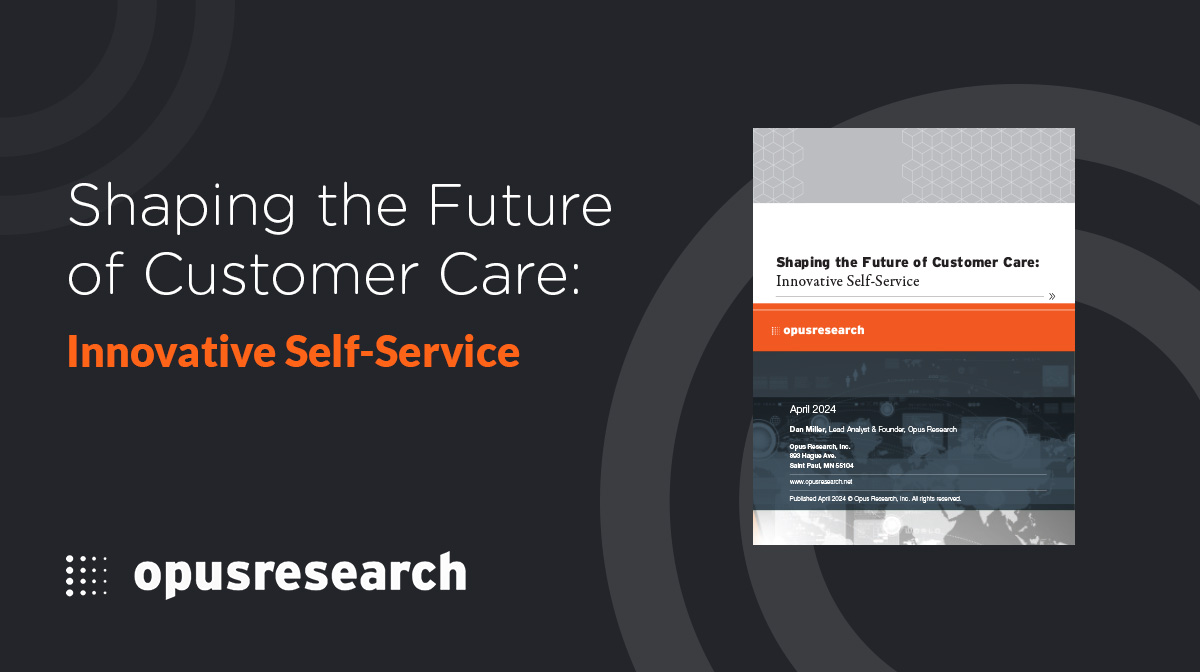The digital patient experience demands excellence. Patients are raising their expectations and looking for convenient access to healthcare through digital channels. So much so that, according to Accenture, 50% of patients say a bad digital experience with a healthcare provider ruins the entire experience with that provider.
One easy way to positively impact a patient’s experience is to offer self-scheduling options. Self-service appointments can cut through barriers to access, such as hours of operation and long hold times. This can help you meet high patient expectations while still lowering operating expenses.
Let’s explore the benefits of self-scheduling appointment technology in healthcare:
Reduce operating expenses by freeing up your skilled employees
In today’s pandemic climate, medical staff and contact center agents are already maxed out and likely trying to do more work with less resources. Traditional scheduling calls on average last about 8 minutes, while self-scheduling options are usually around one minute.
Future Healthcare Today suggests that allowing patients to self-schedule can free up one full-time equivalent (FTE) for every 100 appointments that would have been scheduled via live phone call. Think of all the higher value tasks your team could now focus on.
Increase patient engagement by removing hold times
We have all been transferred around from person to person and on hold for what feels like an eternity. It’s neither fun nor enjoyable. Allowing patients to schedule their appointments on their terms will take less time and is more convenient than traditional scheduling options. Also, a smooth scheduling process sets a better first impression leading into the patient’s appointment. This all results in a positive experience and increased patient satisfaction.
Maximize your provider’s schedule by filling up open appointment slots
Most health organizations have business hours between 8:00 am to 5:00 pm. This can make it difficult for patients with limited phone access during these times to book appointments. But patient self-scheduling cuts through the business hour barriers allowing patients to schedule appointments at their convenience. It also enables patients to schedule last minute appointments which can fill up your provider’s open schedule. Now is the time for healthcare organizations to assess their scheduling options to prevent long wait times and poor patient experiences.
Empower patients with seamless self-scheduling and enhance their digital experience. Explore how innovative self-service solutions can reshape customer care while reducing costs and boosting satisfaction. Access the Full Report.


